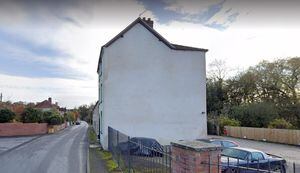The night massive gas blast ripped two homes apart - yet somehow nobody was killed
Fifty years on, Ludlow's scars from the traumatic night of April 19, 1973, have not so much healed as disappeared altogether.
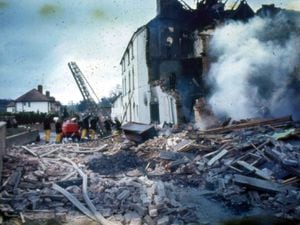
Nothing remains of the two homes that were ripped apart by a massive gas explosion in Temeside which was heard several miles away.
It left a scene reminiscent of the Blitz, and emergency services at first treated it as a major disaster, with 11 people unaccounted for.
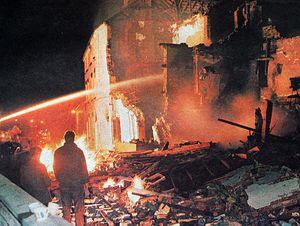
Yet nobody died that night. Apart from the two homes that were demolished, two others and an office block were damaged.
In the aftermath there was a big row. Residents claimed they had been reporting the smell of gas for months previously, but the gas board was adamant that the only alert they had had came 20 minutes before the explosion, and they had been on their way when the blast happened.
Lessons learned? Actually, no, because incredibly 18 months later Temeside was rocked by a second gas explosion involving the same gas main. It wrecked the luxury bungalow home of Mr and Mrs Cyril Perks, although nobody was hurt.
Fuming residents signed a petition demanding a new gas main to replace the one of cast iron which had been laid in 1967 and had now twice fractured.
It was to be many months before the ruins of the original blast were cleared away.
Today there is no clue to what happened all those years ago. The empty space in the street scene is now used for parking.
The gas explosion which ripped through a row of houses in April 1973 was so powerful that some debris was hurled into the nearby River Teme.
Some people thought a plane had crashed. There was immediately a desperate hunt for those who were feared buried under the smouldering rubble.
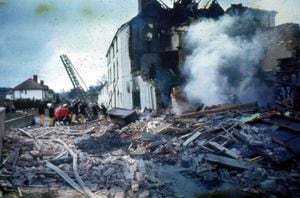
But it was to prove to be a night of good fortune and some amazing escapes.
The end-terrace house, 38 Temeside, was a guesthouse owned by licensee Arnold Lewis and his wife May, but they were out at the time.
He was at his pub, The Unicorn, in Lower Corve Street, and she had been playing bingo in Craven Arms and had decided to go to the pub, rather than going home as usual.
Four children would have been in the Lewis’ devastated property but for a last minute change of plan.
They had been sent to stay with their grandparents in Ludlow because, ironically enough, there had been a fire at their Birmingham home that week.
However, because the Lewises kept the pub it was decided they would be better staying with another grandmother in Ludlow.
At number 42 factory worker Edwin Evans, wife Winifred, and their five children dashed down a blazing staircase, with eight-month-old baby Kevin being carried, to emerge shocked and slightly singed, but amazed to be alive.
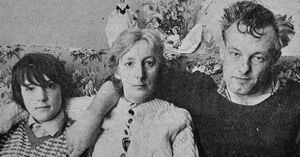
Less fortunate were John and Deirdre Williams, who had bought their home at number 40 just after Christmas for £15,000, who were both taken to the Royal Salop Infirmary in Shrewsbury.
And there were two canine fatalities, Babian, the Lewis' alsatian, and a terrier owned by the Evans family.
Before midnight all those missing had been accounted for, seeking shelter in the homes of neighbours or wandering dazed in gardens.
Afterwards local people and firms rallied round to help those who had lost everything. There were shop floor collections at the Ed Walters trouser factory, and at F.W. McConnel.
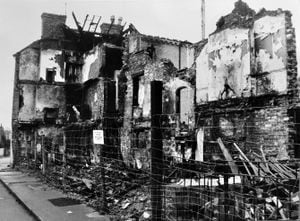
What had caused it? Who was to blame? There was an investigation at the time, which presumably would have been made public, although we don't have it to hand.
In 2016 a Freedom of Information request was made to the Health and Safety Executive for the report to be released, but it turned out that it had been destroyed "in accordance with HSE's corporate retention policy".
However from comments made at the time it seems that the finger was pointed at the cast iron pipe yielding under earth movement or traffic loads. The solution came through replacing it with a steel pipe more able to withstand such loads.
